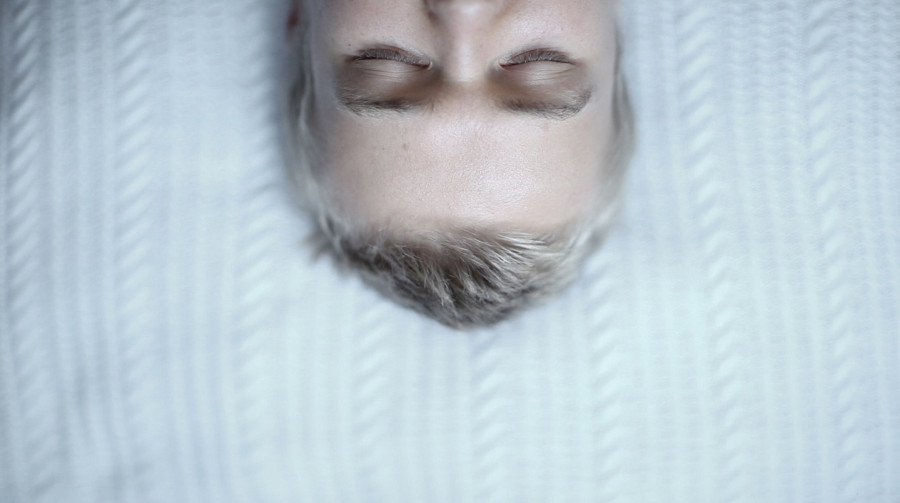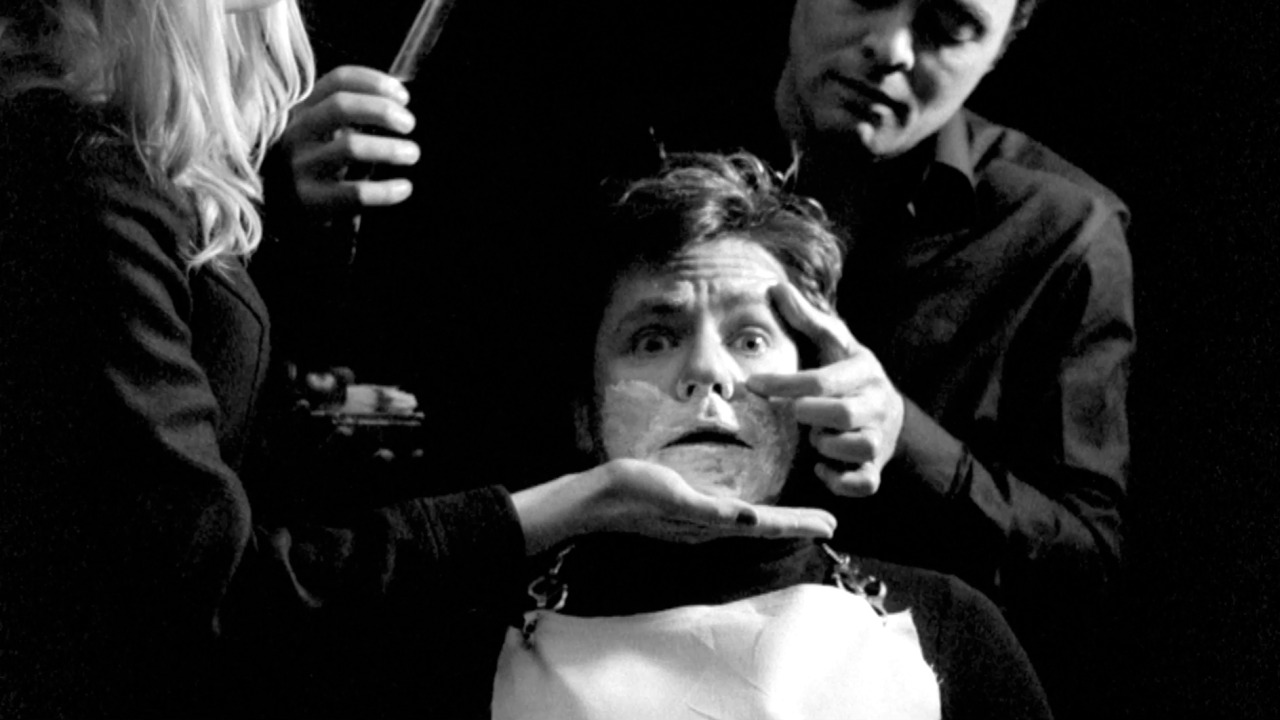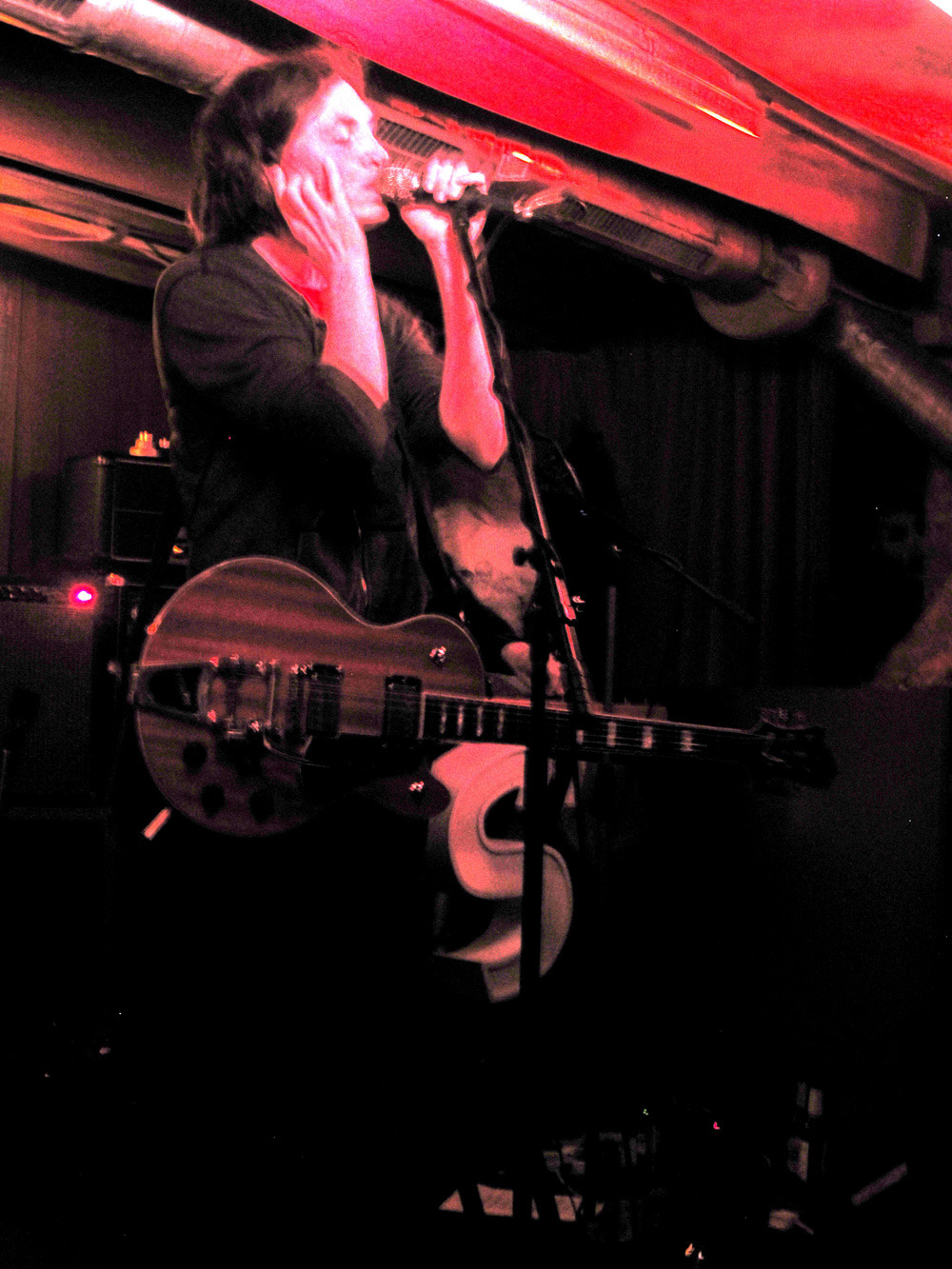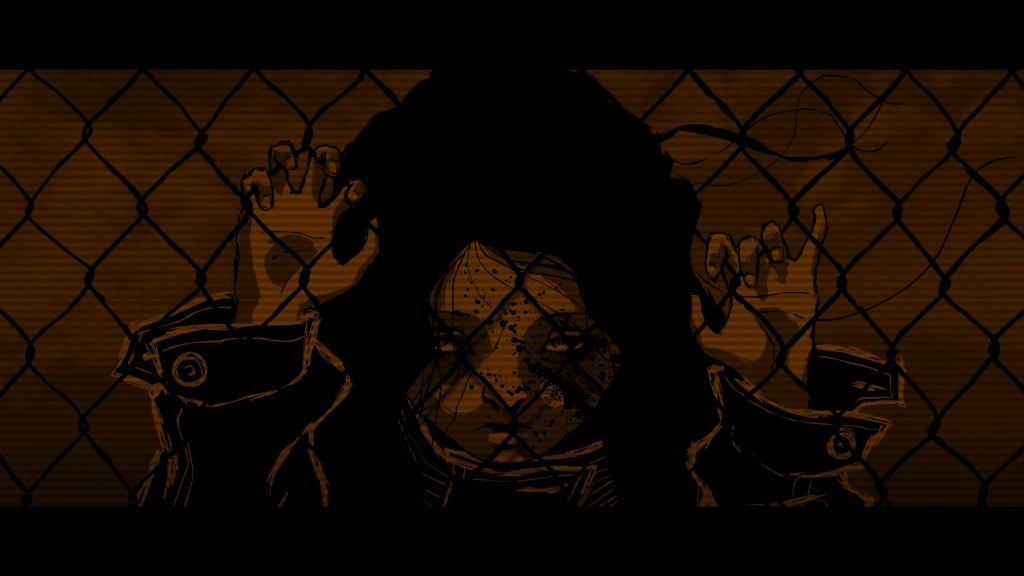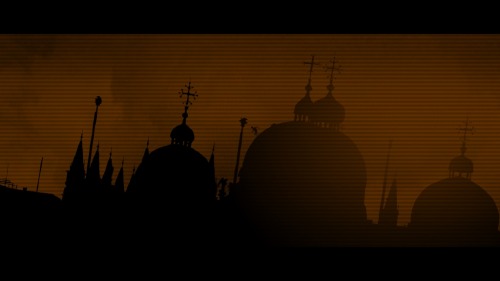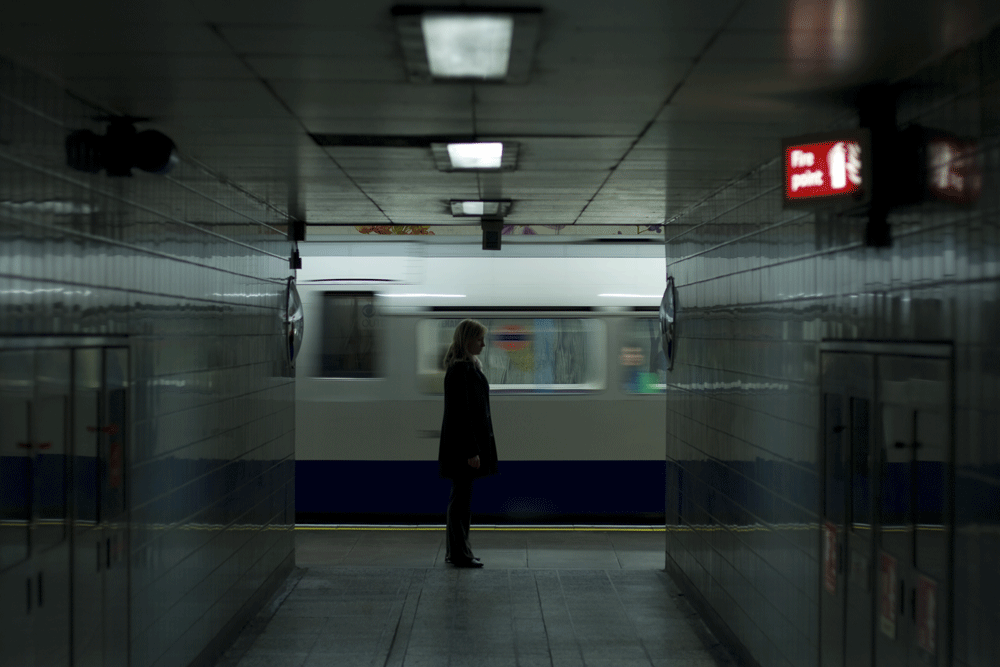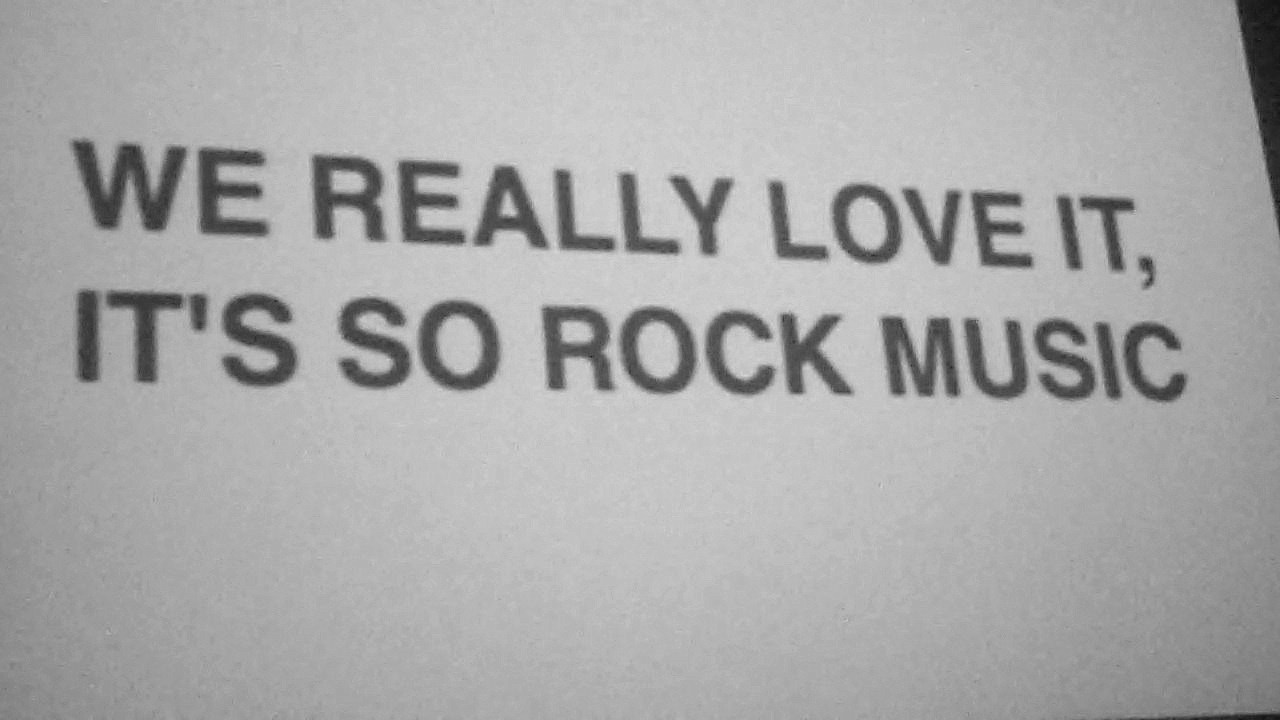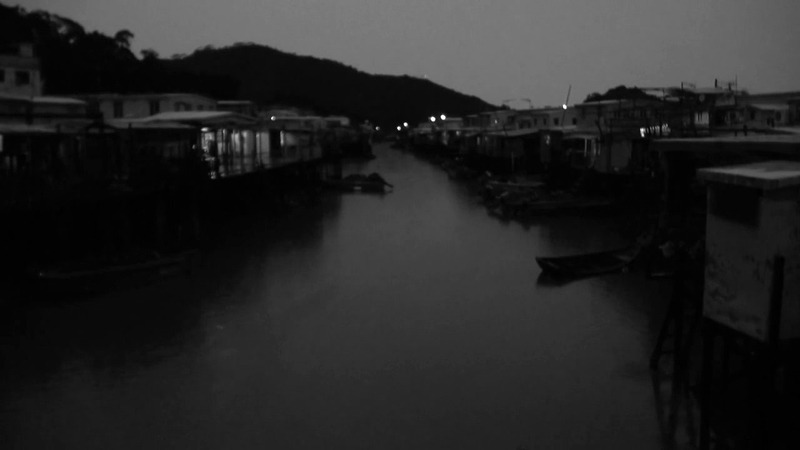
SCRUBBED TO THE SURFACE
by Kenton Turk
Orduna’s Vestigios (“Vestiges”) perplexes. In truth, it seduces without obvious charm before it perplexes. Scenes envelop and inhabit before revealing the traces of a narrative, thereby proving the title accurate. There is however steady advancement here – images collecting to have a cumulative value that nonetheless does not suffer under its own weight, somewhat akin to the progressive effect of a Fibonacci number: the ever-growing sum of the preceding two.
As such, a linear storyline remains before the door. But from lower reaches, a kind of narrative emerges, a celluloid palimpsest, the vague but profound reflections of a life led and by its end just perhaps grasped in terms of its most affecting components. What perplexes, to the credit of the film, is the fact that it provokes the sensation of a story being told without a discernable one being in evidence. The method used mimics closely the reductionism of a thought process, reversing the bottom-up superimposition of standard film art. This is the minimal, initial layer of storytelling. Vestigios initially seems like the bare bones of a film concept, the backdrops and the settings stripped of the actors, stripped of the dialogue, stripped of even those details that are intended to key viewers into a returning scene of action. It is as though the filmmaker decided his film was overloaded and continued reducing the ornamentation, until he reached a point that was far beyond his intention, but that proved eminently more satisfying than the combination of plot, dialogue and ambient noise: the true and elemental story at the core, the moments that remain when freed of a harnessing structure.
The reference points here are compositional signposts, static imagery with a hint of life breathed into them: starkly symmetrical images (rolling escalators, paired telephones, views down walled alleyways) move ever so slightly, the breathing of a cameraman, possibly, the playfulness of breeze, shifting light. Or your imagination. A mask that regards you with immobile features seems to move its eyes, slightly, after some long moments borne in increasing discomfort by the intensity of a stare that is without vision. Urban settings become vaguely disturbung (yet paradoxically comforting) for not being completely deserted, but being occupied by people heard but never in view, always behind walls and around corners. It is as though you, moving through these locales, have been summoned to be near but not enter.
For all of this, Vestigios is not in lack of anything. It can simultaneously be seen as a stark paring down of the film process and a deepening of pure content. The images accompany lyricism (appearing in interspersed Chinese characters as title cards) that sounds as spare to the Western ear as the images feel in visual terms. These move through philosophical musings and reflections on existence itself. “A long journey, a reflection, a fragrance… I leave submission behind” opens these ruminations. Questions posed (“Maybe everything is mere interpretation?”), questions answered (“The path is marked out”) and personal revelations (“I sought nudity so that nothing would hold me back”) counterpoint the barren images. Thus, the plotless story is unravelled. As well, the spartan soundtrack moves the “action” forward, with subtlety and without haste. A drumbeat evolves into heartbeat, and occasional din resolves itself in sudden silences.
In this way, Orduna combines the spare, observational qualities of Edison’s “actualities” and the torpid uneasiness of Lynch in a film that neither tells a story nor avoids telling one. These are the thoughts at the back of one’s head, ultimately more profound for not being expressible with simple and linear language, collecting and extending themselves to buoy up a core oxymoronically nebulous and defined.
Finally, Orduna turns the optical refuge of black and white into colour, golden tones moving towards blue. The film ends with this move into another sphere of reference, from two-dimensional monochromatism to three-dimensional chromatism, making one want to view the preceding again with the acquired knowledge of another level of vision. Reflection is inevitable, surely Orduna’s intention. Achieved with elegance and the most deceptively complex simplicity.
Vestigios was screened in World Premiere at [DLX], the 10th Berlin International Directors Lounge on 11 February 2014.

